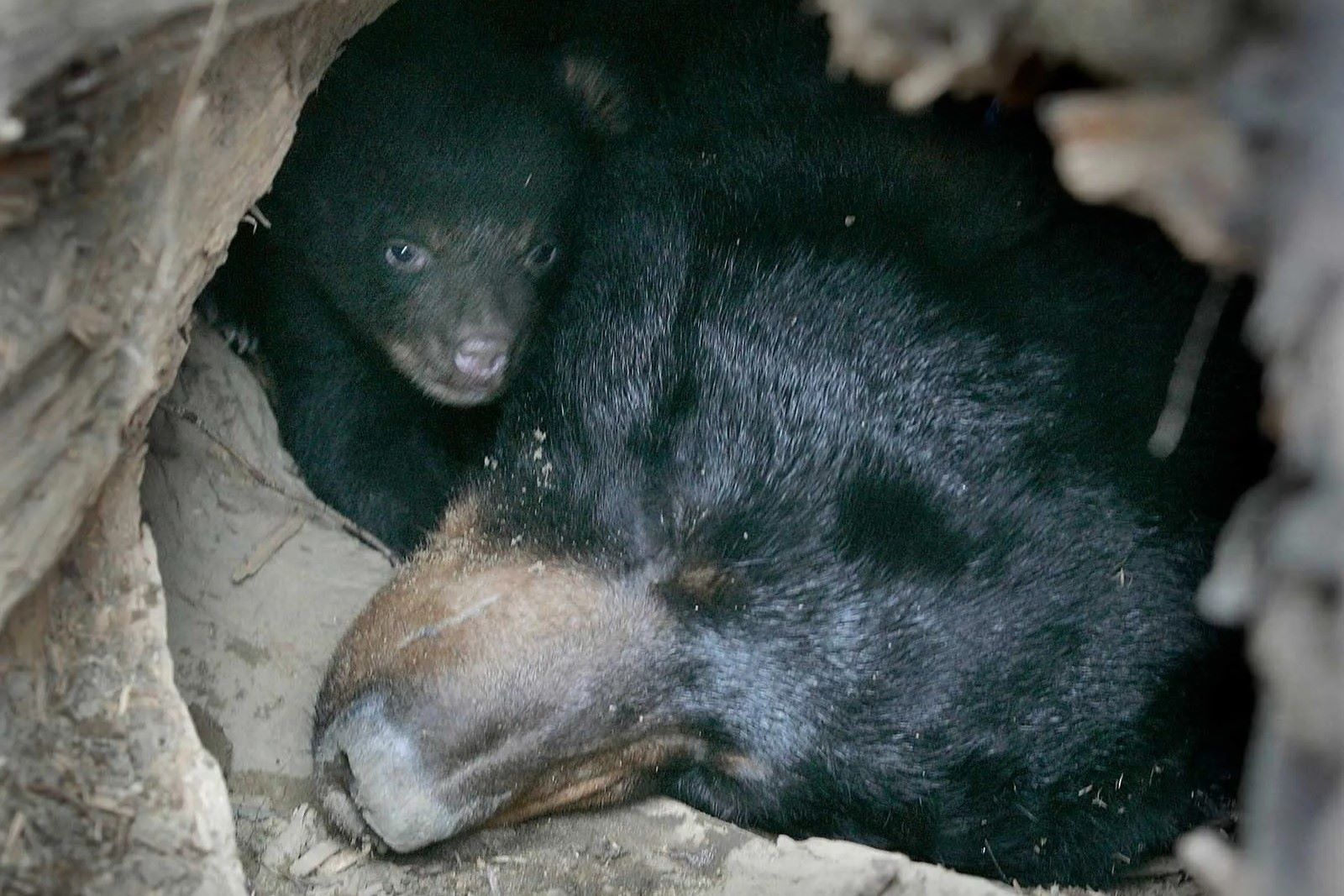
Hibernation is a fascinating survival strategy used by many animals to endure harsh winter conditions. But what exactly happens during this period of dormancy? Hibernation involves a significant drop in body temperature, heart rate, and metabolic rate, allowing creatures to conserve energy when food is scarce. Some animals, like bears, enter a deep sleep, while others, such as certain rodents, experience a more profound state of torpor. Did you know that not all hibernators are mammals? Some reptiles and amphibians also hibernate! Understanding hibernation can reveal much about animal behavior and adaptation. Ready to learn more? Let's dive into 14 intriguing facts about hibernation!
What is Hibernation?
Hibernation is a fascinating survival strategy used by some animals to endure harsh conditions. During this period, animals enter a state of deep sleep, conserving energy by significantly lowering their metabolic rate.
-
Hibernation isn't just for winter. Some animals hibernate during hot, dry periods in a process called estivation.
-
Bears are not true hibernators. They enter a state called torpor, which is a lighter form of hibernation, allowing them to wake more easily.
How Animals Prepare for Hibernation
Preparation is key for animals about to hibernate. They need to ensure they have enough resources to survive the long sleep.
-
Animals eat a lot before hibernation. They build up fat reserves to sustain them through the months of inactivity.
-
Some animals store food. Squirrels, for example, gather and hide nuts to eat during brief wakeful periods.
Physical Changes During Hibernation
Hibernation involves significant changes in an animal's body to reduce energy consumption.
-
Heart rates drop dramatically. A hibernating bat's heart rate can go from 400 beats per minute to just 11.
-
Body temperature decreases. Some animals' body temperatures can drop to near freezing to conserve energy.
Hibernation in Different Species
Different species have unique hibernation habits and durations.
-
Groundhogs are famous hibernators. They can hibernate for up to six months, emerging in spring.
-
Hedgehogs hibernate in nests. They build nests from leaves and grass to stay insulated during their hibernation.
Hibernation and Climate Change
Climate change is impacting hibernation patterns, causing some animals to wake earlier than usual.
-
Warmer winters disrupt hibernation. Animals may wake up too soon, finding food scarce and temperatures still too cold.
-
Hibernation periods are shortening. Some species are hibernating for shorter durations due to milder winters.
Interesting Hibernation Facts
There are many surprising and lesser-known facts about hibernation.
-
Hibernation can be dangerous. Animals are vulnerable to predators and environmental changes during this period.
-
Not all hibernators are mammals. Some reptiles, amphibians, and even insects hibernate.
-
Hibernation helps with longevity. The reduced metabolic rate can slow aging and extend an animal's lifespan.
-
Humans are studying hibernation. Scientists are researching hibernation to understand its potential benefits for human health and space travel.
The Wonders of Hibernation
Hibernation is more than just a long nap. It’s a survival strategy that helps animals endure harsh conditions. From bears to bats, many creatures rely on this process to conserve energy when food is scarce. During hibernation, animals slow their metabolism, lower their body temperature, and reduce their heart rate. This state of dormancy allows them to survive for months without eating.
Understanding hibernation can also offer insights into human health. Scientists study hibernating animals to learn about muscle preservation, heart health, and even potential treatments for certain diseases.
So next time you think about hibernation, remember it’s not just about sleeping through the winter. It’s a complex, fascinating process that showcases the incredible adaptability of nature. Whether it’s a bear in a den or a bat in a cave, hibernation is a testament to the resilience of life.
Was this page helpful?
Our commitment to delivering trustworthy and engaging content is at the heart of what we do. Each fact on our site is contributed by real users like you, bringing a wealth of diverse insights and information. To ensure the highest standards of accuracy and reliability, our dedicated editors meticulously review each submission. This process guarantees that the facts we share are not only fascinating but also credible. Trust in our commitment to quality and authenticity as you explore and learn with us.


